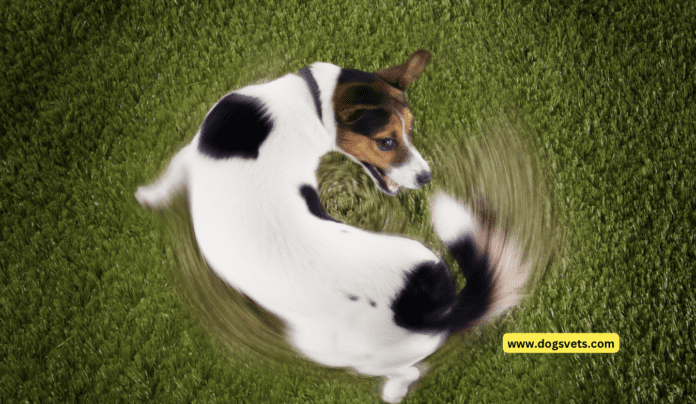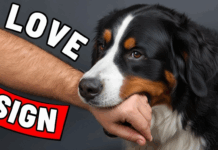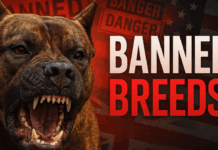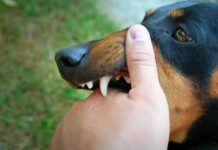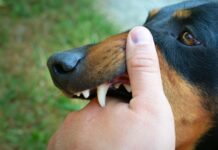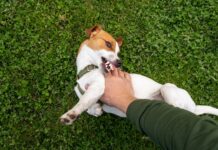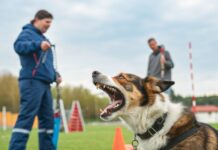Last Updated on August 7, 2023 by Dogs Vets
Is Your Dog Chasing Its Tail? Here’s Why!
Your Furry Friend’s Fascinating Tail-Chasing Antics Explored
We’ve all been there – watching our beloved canine companions whirl in circles as they try to catch that elusive tail.
It’s both entertaining and puzzling, leaving us wondering, “Why on earth is my dog chasing its tail?”
In this comprehensive guide, we’re diving nose-first into the intriguing world of tail-chasing behavior, uncovering the reasons behind this quirky habit, and shedding light on what you can do to ensure your furry friend’s well-being and happiness.
Unveiling the Canine Tail-Chasing Phenomenon
Canine Capers or Something More?
You’ve probably caught your dog engaging in a tail-chasing frenzy at least once. While it’s easy to dismiss it as a harmless game, there’s often more to this behavior than meets the eye.
Tail-chasing can be a sign of various underlying factors, ranging from simple playfulness to potential health issues.
A Playful Pup’s Playtime
When Tail-Chasing Spells Fun
One of the most common reasons for tail-chasing is sheer playfulness.
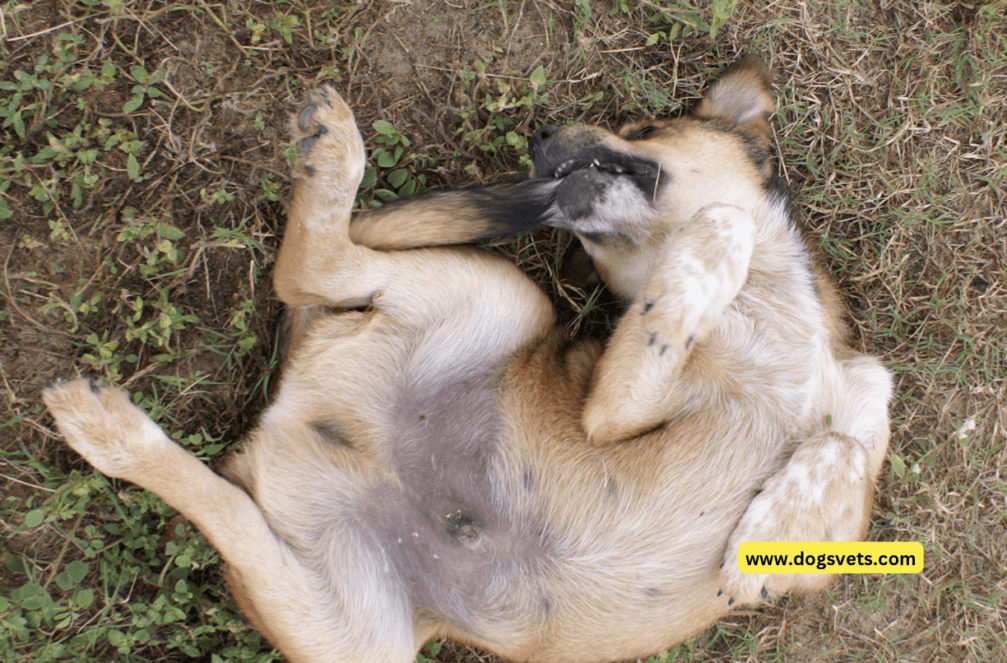
Just like children chase each other in the park, dogs may chase their tails as a way to entertain themselves. It’s an amusing spectacle that speaks to their boundless energy and zest for life.
Is There More to It?
Exploring Potential Triggers
While playfulness is a frequent motivator, tail-chasing can also stem from boredom or anxiety. Dogs that lack mental stimulation or find themselves in stressful situations may turn to tail-chasing as a coping mechanism.
The Curious Case of Compulsive Behavior
When Tail-Chasing Becomes Compulsive
In some cases, tail-chasing can develop into a compulsive behavior.
Canine compulsive disorder, akin to obsessive-compulsive disorder in humans, can manifest as incessant tail-chasing. This behavior might indicate an underlying psychological or neurological issue that requires professional attention.
Tail Tale Tellers: Breed Predispositions
Are Some Breeds More Prone to Tail-Chasing?
Believe it or not, certain dog breeds have a higher likelihood of engaging in tail-chasing antics. Breeds with high energy levels and intense focus, such as Border Collies and Australian Shepherds, may be more prone to this behavior.
Unraveling the Canine Mind
What’s Going on Inside Fido’s Head?
While we can’t ask dogs directly why they chase their tails, we can speculate based on their body language and behavior. Tail-chasing may be a way for dogs to alleviate stress, seek attention, or simply engage in a self-soothing activity.
Putting a Wag in Their Tail
Tips to Manage and Redirect Tail-Chasing Behavior
If your furry friend’s tail-chasing antics become excessive, there are steps you can take to help manage and redirect this behavior.
Ensuring regular exercise, offering mental stimulation through puzzle toys, and seeking professional guidance if needed are all effective ways to address the issue.
Tales of Tails: Canine Mythology
Exploring Tail-Chasing in Myth and Legend
Throughout history, tail-chasing has often been associated with symbolism and meaning. From ancient folklore to modern pop culture, the act of chasing one’s tail has captured the imagination of humans and highlighted our deep connection with our four-legged companions.
In Conclusion: A Wagging Wonder
In the end, the reasons behind your dog’s tail-chasing escapades can be as varied as the breeds themselves.
Whether it’s a playful display of youthful exuberance or a sign of underlying stress, understanding and addressing this behavior is essential for your pet’s well-being and happiness.
Frequently Asked Questions
Is tail-chasing harmful to dogs?
-
- A: Occasional tail-chasing is typically harmless, but excessive or compulsive behavior may indicate an underlying issue that requires attention.
Should I be concerned if my dog frequently chases its tail?
-
- A: While occasional tail-chasing is normal, frequent or obsessive behavior may warrant a visit to the vet to rule out any medical or psychological concerns.
Can I train my dog to stop chasing its tail?
-
- A: Yes, training techniques focused on redirection and positive reinforcement can help curb excessive tail-chasing behavior.
Are certain breeds more prone to tail-chasing?
-
- A: Some high-energy and intelligent breeds may be more prone to tail-chasing, but it can occur in dogs of all breeds.
Can tail-chasing be a sign of anxiety?
-
- A: Yes, tail-chasing can sometimes indicate anxiety or stress in dogs. Consulting a veterinarian or animal behaviorist can help determine the cause.
Is it true that tail-chasing has historical significance?
-
- A: Yes, tail-chasing has been depicted in various cultural contexts, often symbolizing different aspects of life and behavior.
How can I provide mental stimulation for my dog?
-
- A: Providing puzzle toys, engaging in interactive play, and teaching new tricks are effective ways to keep your dog mentally stimulated and prevent boredom-related behaviors.
References and Sources:
Facts Check:
We hope you enjoyed this article… What are your thoughts?
Рleаse let us knоw yоur thоughts in the соmments seсtiоn. Feel free to share with us in the comments section below.
